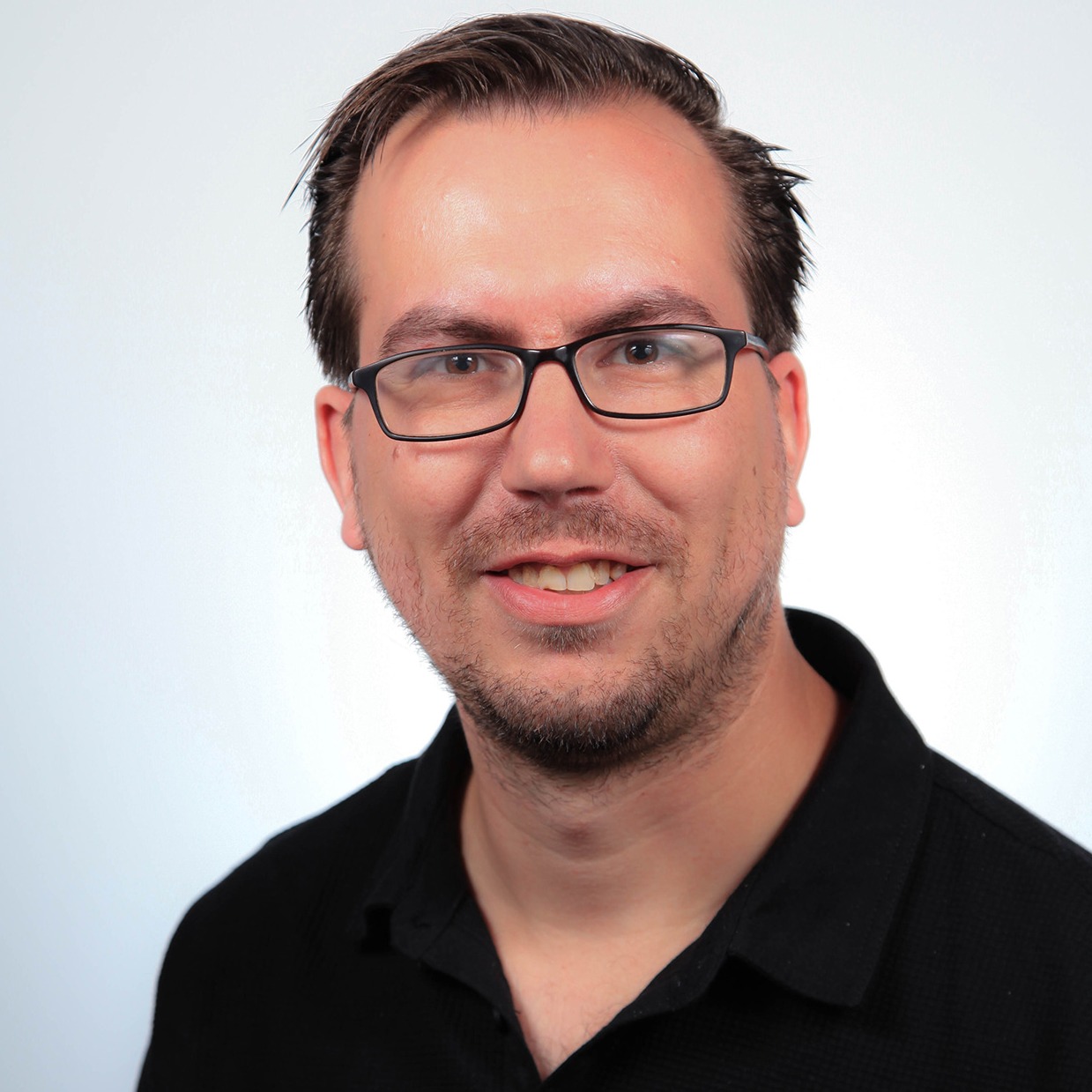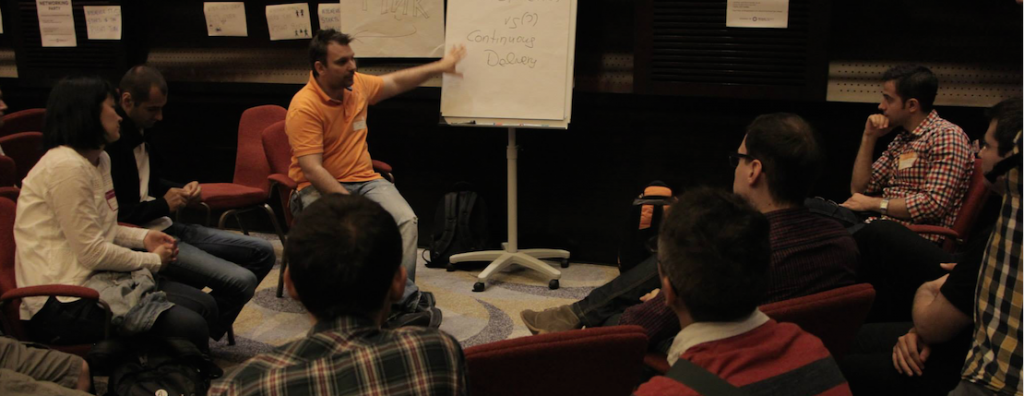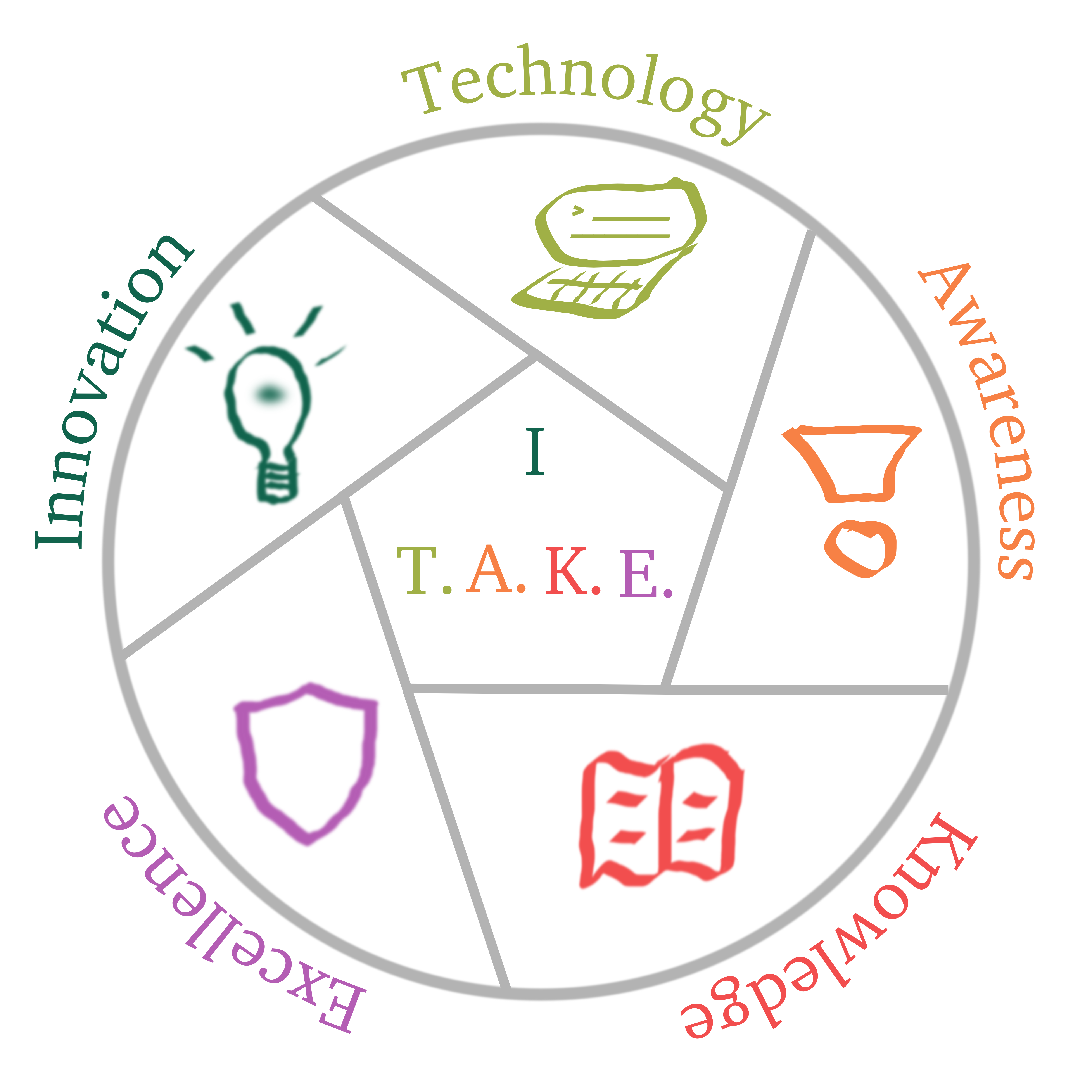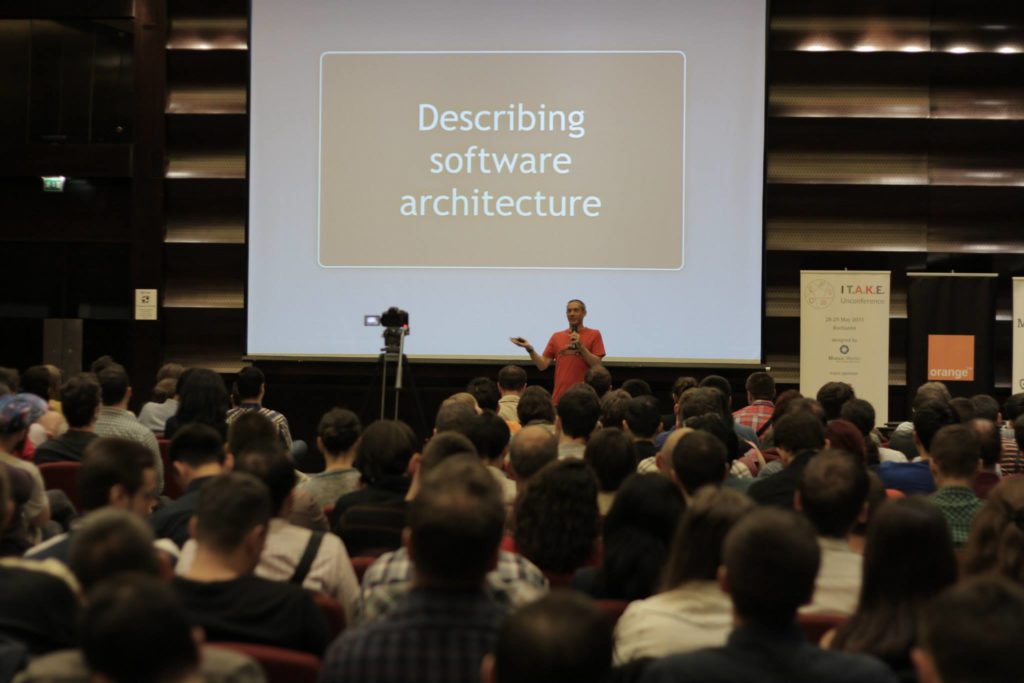2015

[Video] Henk Boelman – Unleash some AI into the wild
Want to know more about Unleashing some AI into the Wild? Here we have a short teaser from Henk Boelman.
He started out as a software developer in the late ’90s and later moved on to the role of architect. He now guides organisations in their cloud adventure, with a strong focus on cloud native software development.
Watch the teaser of his keynote presentation!
Other videos:
Alexandre Bauduin – Automation, Aviation and Mission Critical Software

Patroklos Papapetrou’s I T.A.K.E. Unconference 2015 Retrospective
 Blog post by Patroklos Papapetrou, originally appeared on his blog. Republished with permission. Thanks Patroklos for your active participation during the unconference.
Blog post by Patroklos Papapetrou, originally appeared on his blog. Republished with permission. Thanks Patroklos for your active participation during the unconference.
ITAKE Unconference 2015 Retrospective
Last week I had the chance to attend both as a speaker and an attendee my first un-conference. Actually I would categorize ITAKE as a mix of conference and un-conference. The overall agenda and the way the event is structured is very intelligent and it makes people communicate more and exchange ideas in various ways. To be honest it’s the first event I attended where speakers and attendees are all together, writing code, pairing, solving problems while having dinner, discussing, listening and sharing knowledge. It doesn’t matter if you are a famous keynote speaker or a junior developer who just graduated from the university. Everyone can talk and discuss for every possible topic that interests you. Here are the “little” things I loved about ITAKE.
- Talk duration : 35′ including questions. Oh yes. No more endless talks with 50+ slides and audience looking at the windows or the watch ready to jump out of the room. In the beginning I was struggling to find which slides I could remove from my presentations but at the end I enjoyed so much my talks that I think I will always do the same even I have 50′ for my talks
- Small rooms : 40 people at most except the keynote sessions. The feeling that you get when you discuss ( not present ) your topic in front of 40 people in a very small room is awesome. People feel so free to ask questions during the talk and that’s why I regard it as discussion rather than talk. Besides when the room gets crowded and people are forced to stand up because there are no more seats, the feeling as a presenter is even better 😉
- The Venue : Amazing hotel, great organization, excellent food and coffee all two days in the center of the beautiful city of Bucharest.
- Open space : OK I have to admit. Before going to the event, I was very skeptical about the open-space part of ITAKE. How 250+ people will get organized in 20′ and discuss so many topics in a structured way? Well, if you want to know how it’s done, then book your calendar for next year’s ITAKE. 42 different topics were discussed in the different open space spots.

Our facilitator, Mike Sutton, was amazing. He literally moved us like puppets and from empty space we had a full of interest topics in just a few minutes.
My contribution:
- Holding down your technical debt with SonarQube : My oldie but Goldie talk squeezed in 35′

- How to boost development’s team speed : My newest mini-workshop. Amazing how many suggestions and ideas we exchanged with all the participants.
- Continuous Inspection as part of Continuous Deployment : Open space topic with tens of attendees and several side-topics came up to the “table” during the discussion
- Real-life stories from teams that moved from tradition deployment to cloud deployment : As expected, there were not that many stories but I learned a lot of stuff from people that are effectively using Amazon for the cloud infrastructure and deployments.
I had the chance to meet also all the organizers and the folks behind ITAKE un-conference. You rock guys and I’m pretty sure that the event will become better and better every day. Thank you for having me part of this year’s event and looking forward to seeing you around Europe in another (un-)conference.
Did you also attend the unconference? Are you curious what others said? People are talking about it on Twitter using the #itakeunconf hashtag.

5 things to consider when you submit a session abstract
If you are an experienced software craftsperson, but you are new to the international stage of speaking and teaching, here are 5 recommendations to make an attractive session abstract for the audience of I T.A.K.E. Unconference.
#1. Get into the attendees shoes
If you have a very clear idea of who your audience is going to be, make the exercise to think from their point of view. They choose to attend your session, and they expect the best value from their investment.
So, here are 3 things to consider:
- what do you think is going to drive their attention
- what is that thing they will remember
- and apply in their daily work
#2. Customize, customize, customize
Every audience is unique, so craft your proposal according to what you know about your audience and about the event. Try to bring an original approach for each session you submit.
As organizers, we encourage the speakers to have a clear goal for their session. Another essential aspect is to both inspire the audience and send them to a new path. With your session you influence people so that they could adopt a different strategy or improve right away their work, and why not, their daily life.
#3. Pay attention to details
When you apply, make sure you have an excellent title, a clear description of what you want to present and a strong personal bio.
Make sure your title is not generic. Don’t use “Unit Testing” as a title for your workshop. You do not have enough time to teach unit testing in 90 minutes. Try something like “Unit Testing Crash Course” if it is for beginners. If you designed a workshop for an intermediate audience try something like “Unit Testing: stubbing techniques on functional languages”.
The title is strictly connected to the topic of your session. Too often the session title says something different than the content of the abstract. For a title like “Test Driven Development for beginners” we would expect to hear about Evolutionary Design. If you have such a title and you want to teach an unit testing crash course and not Evolutionary Design, then use the appropriate name and change the title to “Unit Testing Crash Course”.
An attractive title that can be intriguing can catch reviewers eyes as well. Instead of using “Unit Testing Crash Course” you could try “Keep your job: learn unit testing now!”
#4. Invest time in your application
Although it might seem at hand, making a proposal takes time. Make sure you follow the guidelines offered by the organizers and when in doubt, ask for more details. Make sure you offer the details requested in the application.
Pitch an interesting subject, and valuable take aways. The audience is at your session to learn about new interesting ideas and concepts.
#5. And a little extra thing
You’ve seen the call, you got your information in order and you are pretty sure you want to make a submission. In this case, we strongly advise you to make an early submission. In many cases, you will be able to obtain feedback from the organizers. This means you will be able to improve your proposal and increase your chances to be on the speakers list.
Take a step forward and share your knowledge: new ideas, opportunities and glimpses of where the future of the technology lies are needed to challenge and to improve the daily routine. Looking forward to hear more about your proposed sessions!


